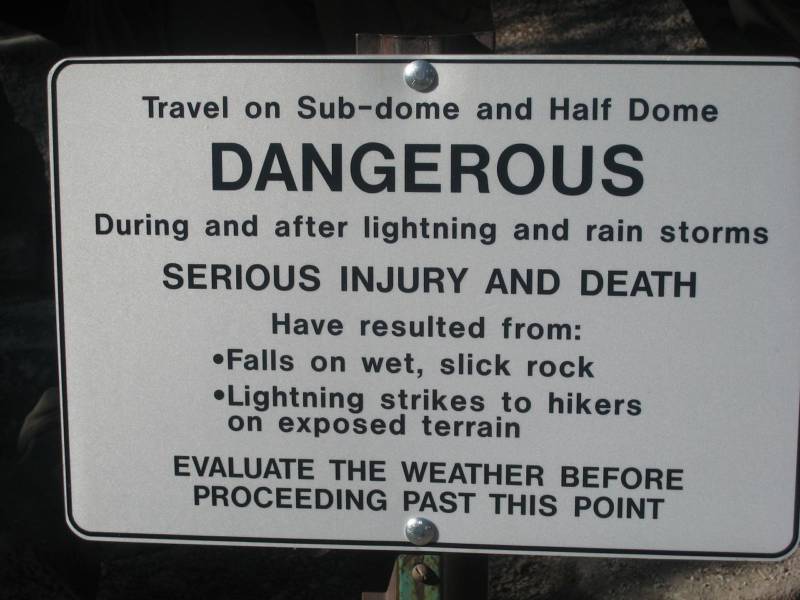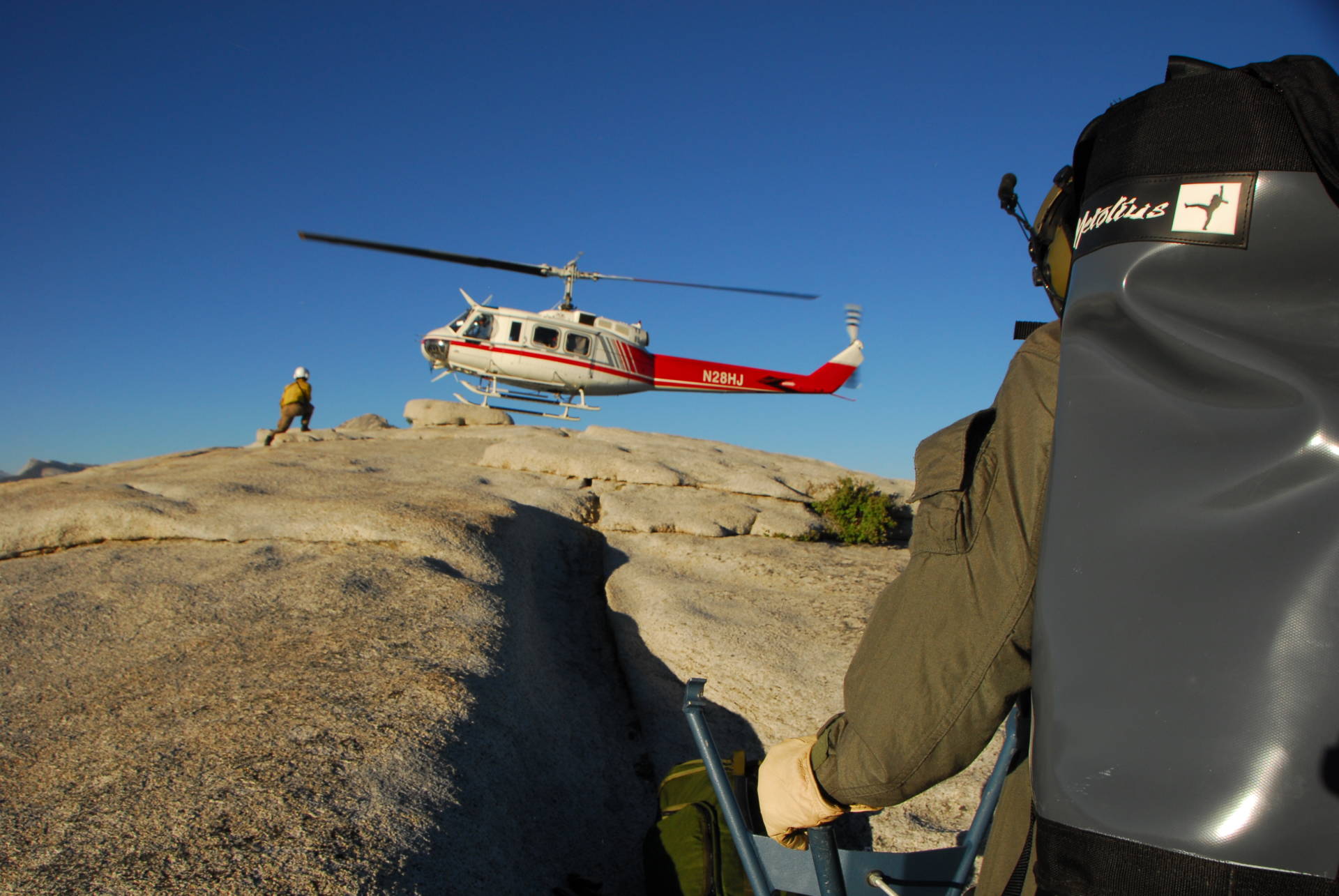Anyone attempting to summit Yosemite National Park’s iconic Half Dome rock formation during the 2000s would have likely found a bottleneck of hikers along the breathtaking final push up a steep incline of sheer granite.
The Half Dome Lottery System Was Supposed to Make the Hike Safer. This Study Says It Hasn’t
On a busy day, more than 1,000 people made the climb, and park officials worried that so many hikers using the cables put in place to assist their ascent made for dangerous conditions.
“This restriction is needed to provide for visitor safety,” the park service wrote at the time in a policy paper. The number of daily visitors was subsequently lowered even more, to 300.
But an analysis of the park’s injury numbers, out this month in the journal Wilderness & Environmental Medicine, found that the number of accidents involving Half Dome hikers were statistically the same for the five years before and after the park began its permitting policy, despite the fact that up to 66% fewer hikers summited each day.
“Overcrowding does not seem to be the major factor influencing safety,” said Susanne Spano, the study’s lead author and director of the Wilderness Medicine fellowship program at UCSF Fresno. “The permits were put in place for the right reasons — to make it safer for the people that are participating. It just so happens that there is no safety benefit.”
Researchers found that from 2005 to 2009, before the lottery, Yosemite logged 85 search and rescue incidents, 134 accidents, and 38 major incidents. Between 2011 and 2015, the park saw 54 search and rescue incidents, 156 victims, and 35 major incidents. The park saw a decrease of three deaths, however, from seven to four.
Long, Steep
At between 14 to 16 miles round trip, including roughly 5,000 feet of elevation gain, the trek up Half Dome is one of the longest and steepest single-day hikes in the entire national park system, taking about 12 hours.
Additionally, the trailhead is easily accessible by car, which makes it a draw for more inexperienced hikers. Other hikes of similar difficulty, like the summit of nearby Mount Whitney (the tallest mountain in the Sierra), are less frequented, requiring more preparation and time in the backcountry.
One stated reason for initiating the permitting system was the crowding on the incline up the summit. But the study in Wilderness & Environmental Medicine suggests that hikers are mostly getting hurt on the trail before that final leg, according to John Rose, professor of emergency medicine at the UC Davis Medical Center, who was not involved in the study.
“[The research] supports the idea that the problem was probably not related to just having too many people on the cable.” Rose cautioned that the retrospective study’s limitations include a small data set.
Trailhead quotas are often used in national parks to limit the number of visitors and provide opportunities for solitude, but it’s less common for permit policies to be created in order to protect the health of hikers and backpackers. Spano’s research team is unaware of any other program like Yosemite’s.
Still, if people are getting hurt, it’s important to figure out why, and the park should consider additional safety measures, says Kathryn Van Waes, executive director of the American Hiking Society.
“It needs to be looked into,” she said, suggesting Yosemite consult safety measures taken by parks with similarly perilous trails. “There are other places with these kinds of dangerous hikes in China, Switzerland and places in South America.”
Van Waes suggested that an educational video explaining the dangers of Half Dome , shown as part of the permitting process, could help deter inexperienced hikers.
A more extreme measure would be requiring guides to assist with the climb, she said, acknowledging such a measure would be unpopular with visitors and could create liability concerns.

A Tough Ticket
Spano said one thing possibly contributing to Half Dome injuries is “summit fever,” predicated on the difficulty that average hikers have acquiring permits. The park issues them through a preseason lottery in March and daily lotteries during hiking season, normally May to October, when the guide cables are up.
Now that the opportunity to ascend Half Dome has been curtailed, Spano said, hikers may be pressing on even though they feel fatigued. “You might never have a chance to get back,” she said.
In 2017, the success rate for the preseason lottery was as low as 2% for weekend dates and 32% for weekdays, San Francisco Chronicle columnist Tom Stienstra reported in March. Stienstra said that computer programmers “essentially have rigged the online-permit system.”
In 2018, the average success rate improved to 47% on weekdays and 24% on weekends, according to the park’s lottery statistics. This year, the park tinkered with the system in order to curb the selling and transferring of permits, The Mercury News reported.
Yosemite officials recommend that Half Dome hikers wear boots with traction, protect themselves from the sun, and drink at least a gallon of water. It’s not common for cell phones to work in the backcountry, even though there is some cell reception in the park, mostly in Yosemite Valley. The park also suggests a hard-and-fast turnaround time — if you haven’t reached the top by midafternoon, you should reverse course so you aren’t hiking by headlamp in the dark. But bring a light just in case.
This story originally incorrectly cited the study’s injury statistics as parkwide and not limited to the area above Little Yosemite Valley.

